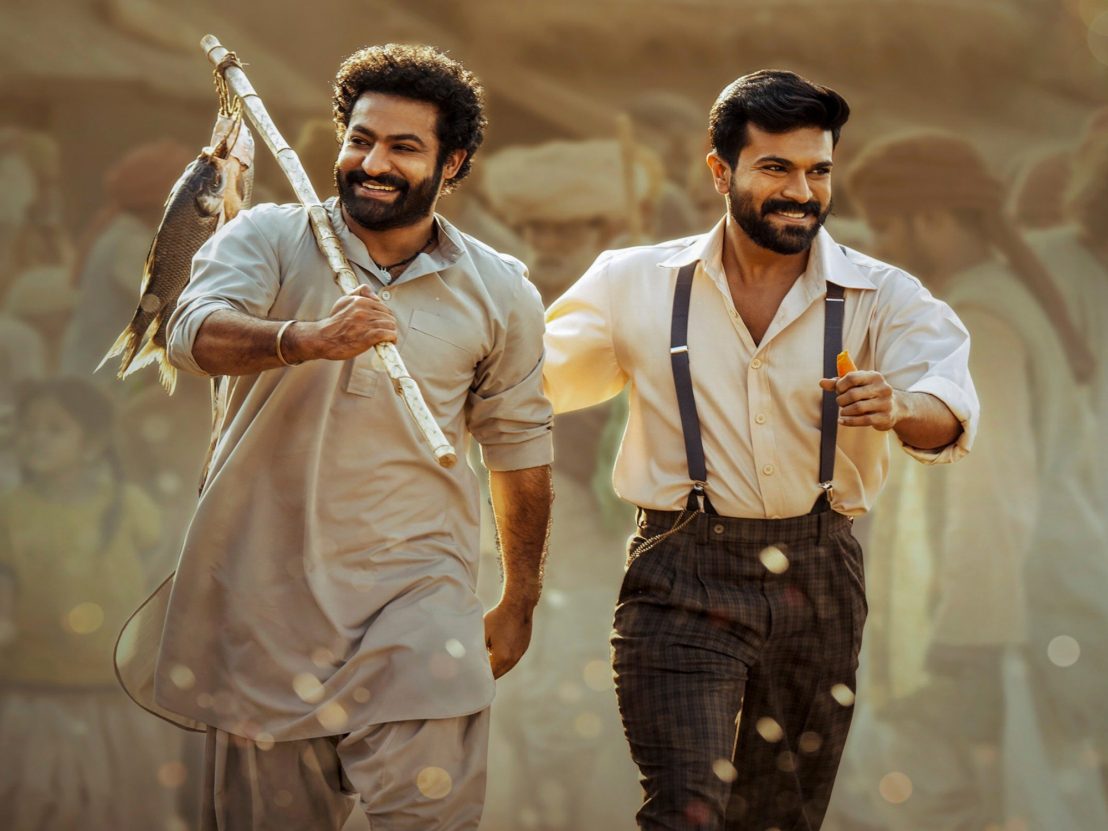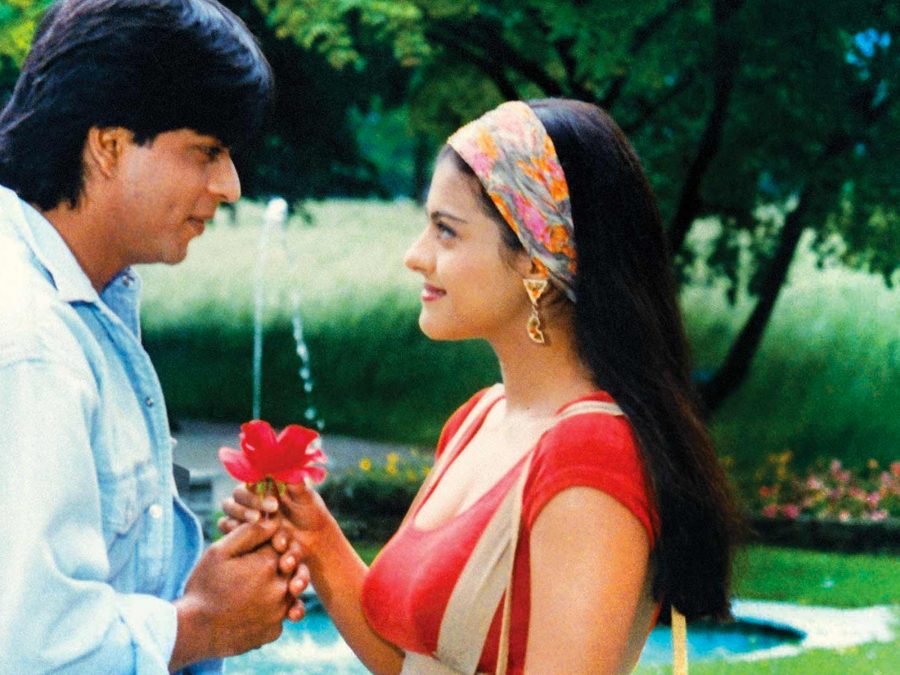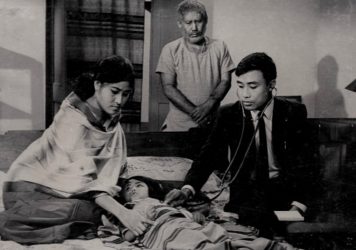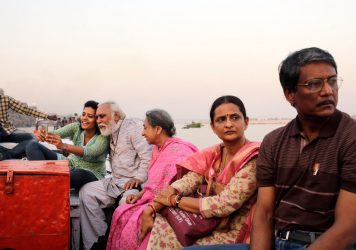
As a British Indian, I have this game that I like to play whenever a white friend tells me that they watched a really good Indian movie. The game is simple: I guess whether the film they are about to say is Lagaan or 3 Idiots. As of Summer 2022, the game has changed slightly, because now there is a third, more likely, option: RRR.
S.S. Rajamouli’s epic, bromantic, musical, period melodrama has well earned its spot in the cultural zeitgeist. With two Golden Globes, an abundance of awards from regional critics circles, and now a history-making Oscar nomination under its belt, RRR has redefined the way that Western critics talk about Indian cinema. The film was no.7 on The Guardian’s top films of 2022 list, whilst The Hollywood Reporter called it “wildly entertaining for every minute of its three-hour-plus running time”.
There is no doubt about it that the success of RRR is utterly monumental, for both makers and fans of Indian cinema. Each new round of critics’ circle nominations would see people referring to it as a snub every time that RRR was missing from a list. Viral clips have circulated of audience members in US cinemas getting up and dancing along to “Naatu Naatu”. There is a fondness and appeal to this film that has transcended the usual audiences of Tollywood (the nickname given to Telugu cinema) to become a global phenomenon.
I am not the first writer of Indian origin to note that this global success is completely unprecedented. In fact, even the team behind the film have expressed that they are unsure as to why this is the one that has crossed over. Upon watching the film last summer, I was certainly left somewhat confused. Not, as expected, by the sheer enormity of its ridiculous concepts or their maximalist execution. Rather, I was confused by the fact that this film – whilst as epic and fun as everyone says – felt like very standard fare for Indian commercial cinema.
From the way it had been talked about in the West, I was led to believe that this would be a divergent piece of filmmaking that defied the tropes of Indian cinema. Instead, I was presented with a 3-hour blockbuster that reinforced and epitomised everything that I already loved about the nation’s films. And yet, despite this embodiment, Western praise of the film has continued to talk about it as an exception to the rule, rather than as a glaring neon sign to watch more Indian cinema. As the conversation and acclaim surrounding RRR have grown, as has my frustration at the way in which it’s discussed.
When Parasite won its host of awards at the start of 2020, there was immediately a boom in Western consumption of Korean cinema. Shows like Squid Game were able to gain the recognition and status that it did, in part because of the fact audiences were already familiar with, and partial to, the sensibilities of Korean filmmaking. It was also seen in film fans’ (and critics’) eagerness to seek out Bong Joon-ho’s previous work, as well as the work of similar Korean filmmakers. In contrast, the conversation around RRR has felt more limited: rather than opening a door, it feels as if the film is blocking the doorway, with audiences unable to look past it, instead fixating on what is in front of them currently.

In their review of the film, Empire heralded RRR as “a riot of outrageous spectacle, gravity-defying stunts, colour, song and dance, big emotion and a menagerie of CG animals.” Aside from that final element, every single factor has been present throughout the history of Indian cinema. There are the elaborate and vibrant musical numbers from Bollywood films such as Dilwale Dulhania Le Jayenge; the intense stunt choreography of Rajamouli’s previous Baahubali movies; the tear-jerking emotion of Devdas. Aside from these more vague characteristics, even the more specific story beats of RRR tread familiar territory.
The depth of brotherly love was explored in Sholay while Lagaan previously explored relations with colonialism, although that film used a cricket match rather than a dance battle to demonstrate the tension. Malayalam film Drishyam demonstrated the extreme lengths Indian men will go to for their loved ones. RRR is everything that it is, because of Rajamouli’s reverence for a national cinematic identity that is an amalgamation of all these things. While it is exciting to see audiences heart-eyed at this specific type of filmmaking, I wish that they were able to revere where it comes from in the same way its director does.
The frustration is exacerbated by wider conversations about Indian cinema in the Western cultural canon – mainly in the fact that there has never truly been a place for it. RRR marks the first time that an original song from an Indian feature film has been nominated for Best Original Song at the Oscars, despite the fact that the majority of Indian features contain songs. In the Best Foreign Language Film category, only three films from India have ever been nominated: Mother India (1957), Salaam Bombay! (1989), and Lagaan (2002).
Only one Indian film currently sits on the Sight and Sound Greatest 100 Films of All Time, and that is Pather Panchali. In fact, The Apu Trilogy and the further works of Satyajit Ray, are often the only Indian films seen as critically significant. It is telling that Ray’s work is more eurocentric in style, deriving from Italian neorealist pictures like Bicycle Thieves, and this is what the West considers truly great.
It is true that part of this may come from the separation of high and low art, particularly in the critical space. Throughout history, blockbusters and more commercially popular cinema have fared worse in awards season than cinema deemed more serious and dramatic. This would exclude a significant chunk of Indian cinema. However, this year has marked a case for these films in awards conversations, with both Top Gun: Maverick and Avatar: The Way of Water earning Best Picture Nominations. Additionally, with such widespread love for RRR, maybe a time has finally come for Indian blockbusters to find their way onto Western audiences’ radars (Pathaan is currently playing in UK cinemas, by the way).
However, it still saddens me that I am yet to see Western critics who loved RRR delve into exploring the cinematic history that birthed it. If a film like this, whose musical diversions, unrealistic CGI, and melodramatic narrative tendencies can be accepted with open arms, I see no reason why the thousands of films to set this precedent, should not receive the same warmth.
Alongside my fellow Indians, I am 100% rooting for “Naatu Naatu” on Oscars night. I also, however, sit with bated breath, hoping that its potential win will not just be a success story for S.S. Rajamouli, but a gateway for English-speaking audiences into the delight, audacity, and vivacity of Indian cinema.
Published 13 Feb 2023

The BFI’s current retrospective of the Indian auteur’s cinema gave me chance to reconnect with my homeland while studying abroad.

This year's festival celebrated the rich Indian cinema being made outside of popular Bollywood.

Mumbai-based director Shubhashish Bhutiani tells the story behind his low-budget debut, Hotel Salvation.